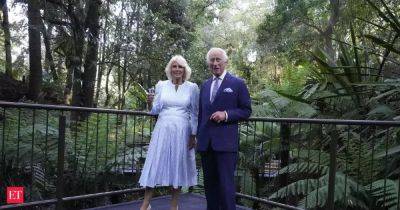What to make of the Fed’s surprisingly aggressive rate cut
Subscribe to enjoy similar stories. The Federal Open Market Committee’s members came (to Washington), they saw (the state of the economy), and they concurred—almost. The Fed’s decision on Sept.
18 to begin its easing cycle with a large 50-basis-point rate cut was a bit of a dovish surprise to many people—including me. But only a bit. In the days leading up to the meeting, outside opinion was close to evenly divided between a traditional 25-basis-point opener and an aggressive 50.
The choice looked close enough to a coin flip that neither outcome would have been a big surprise to Fed watchers. I favored 50 basis points but guessed that the more cautious committee would opt for 25. So what did this little surprise teach us about the FOMC, and especially about the attitudes of Chairman Jerome Powell? Three things.
First, Mr. Powell, whose opinion matters most, didn’t see the choice as a coin flip. He really wanted to start with 50 basis points and, I’m guessing, he pushed the committee in that direction.
I base this guess partly on his surprisingly frank Jackson Hole, Wyo., speech but even more on the dissent by Michelle Bowman—the first by a Fed governor since 2005. Mr. Powell certainly would have known that she would dissent against 50 basis points but not against 25.
He prizes consensus and tries to avoid dissents. Yet, when the choice came down to 25 basis points with unanimity versus 50 with one dissent, he opted for 50. That tells you something.
One thing it might tell you is that Mr. Powell doesn’t want the Fed to be late again. The FOMC has been criticized for waiting too long after inflation started to rise before starting to raise rates in March 2022, and Mr.
Read more on livemint.com
























